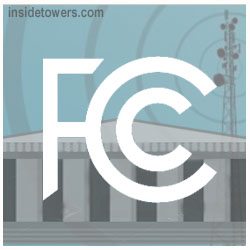Things For Which We Are Thankful #5

“Today, we see 200-foot cell towers intermittently dotting the landscape,” he told attendees of the Federalist Society National Lawyers Convention last week. “But tomorrow’s 5G networks will rely more heavily on ‘small cells’—less conspicuous equipment, perhaps no larger than a backpack, more densely deployed and operating at much lower power.” The closer an antenna is to a phone, the less power is required to connect the two, he explained to the lawyers in attendance.
But the hundreds of thousands of small cells and miles of fiber needed for 5G won’t be deployed unless the U.S. has a regulatory approval process that encourages buildout, he noted. While it takes roughly one to two hours to install a small cell on a utility pole, “it can routinely take more than two years to get the approval to install that antenna,” he added.
Local siting fees are another problem. They can be as low as $50 per small cell “in an investment-friendly place like Phoenix, but as high as $5,000 elsewhere,” said Pai. That’s why the FCC is modernizing its wireless infrastructure rules, including a small cell order passed this September. “It sets a reasonable 60-day shot clock for cities to rule on small cell siting applications and reasonable limits on siting fees—limits that allow localities to cover their costs,” he said.
November 21, 2018



